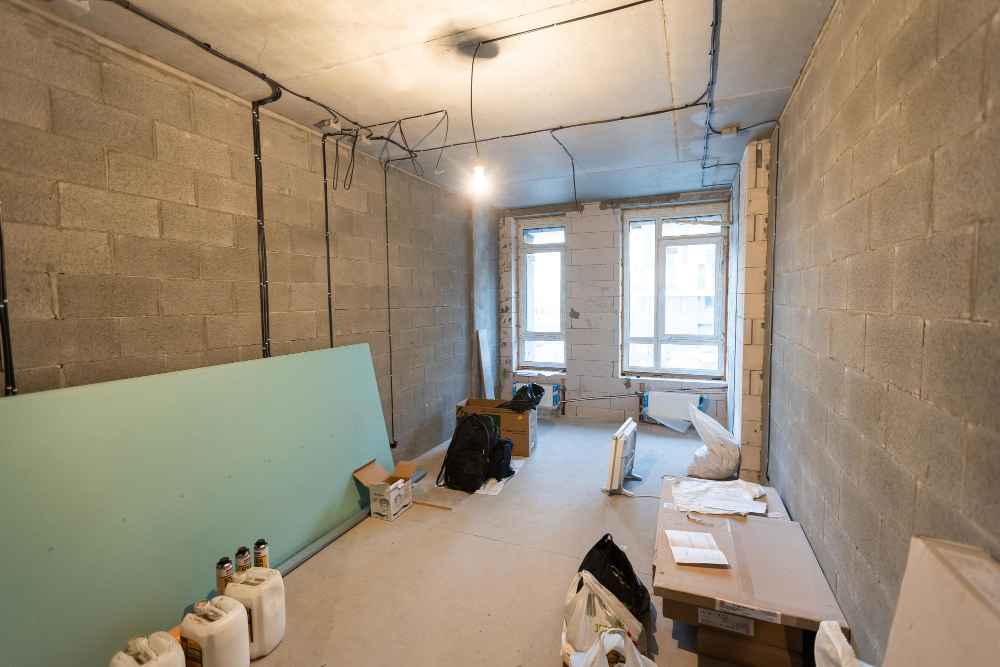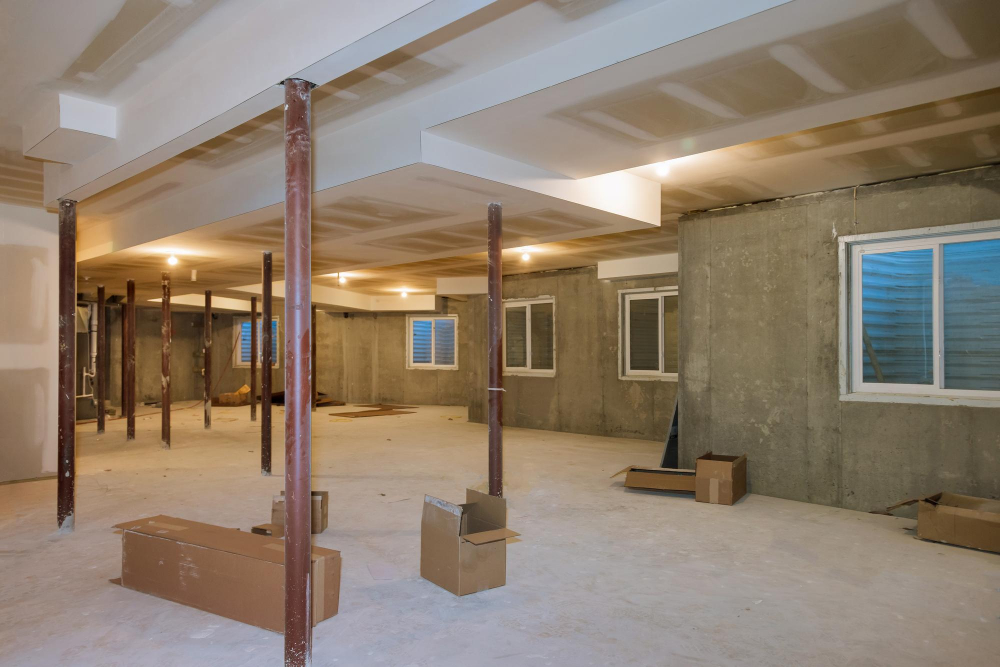Asbestos remains a serious health hazard when found in homes, commercial properties, or development sites. At CSMANLTD, our asbestos testing London services often uncover materials that require urgent attention. If your test returns a positive result, it’s essential to understand the next steps. Here’s a clear and structured breakdown of what typically follows.
Understanding a Positive Asbestos Result
A positive result means asbestos-containing materials (ACMs) have been detected in the sampled areas. These materials may pose risks if disturbed, damaged, or exposed over time. Depending on their condition, location, and potential for disturbance, action is usually required immediately or within a controlled timeframe.
Immediate Site Assessment
Once asbestos is identified, a licensed professional will carry out a risk assessment. This includes evaluating:
- Type and condition of the ACMs
- Location and potential exposure points
- Occupancy and usage of the space
- Likelihood of fibre release under current or future conditions
This step helps determine whether the material can remain in place under management or needs to be removed urgently.
Informing Stakeholders and Planning Next Steps
If asbestos is found in a commercial or shared residential setting, it’s legally required to inform anyone who may be affected. Property owners, tenants, contractors, and local authorities (in some cases) must be notified before any work begins. This ensures transparency and legal compliance under current UK asbestos regulations.
Choosing a Licensed Asbestos Removal Team
If removal is necessary, only trained, licensed asbestos contractors should handle the work. CSMANLTD works with certified removal specialists across London, ensuring full compliance with safety and environmental guidelines. All removal activities are conducted under controlled conditions, with measures in place to prevent airborne fibre release.
Air Monitoring and Clearance Certification
After removal, air quality testing is carried out to confirm that asbestos fibres are no longer present in the environment. Once the area passes inspection, a certificate of reoccupation or clearance is issued. This document proves that the area is safe for regular use and satisfies regulatory requirements.
Asbestos Management Plans for Ongoing Control
In some situations, asbestos does not need to be removed immediately. If it’s in good condition and unlikely to be disturbed, a management plan will be created. This outlines how the material will be monitored, labelled, and maintained to prevent future risk.
Documentation and Record-Keeping
Whether you proceed with removal or management, proper documentation must be maintained. This includes:
- The asbestos survey report
- Risk assessments
- Clearance certificates
- Communication logs with tenants or workers
Having these records available is essential for compliance, future renovations, and property sales.
Support from CSMANLTD
Handling a positive asbestos result can be overwhelming. CSMANLTD offers end-to-end support, from asbestos testing London to risk assessment, certified removal partnerships, and post-clearance advice. Our team ensures that every step is professionally managed, minimising disruption and maximising safety.



